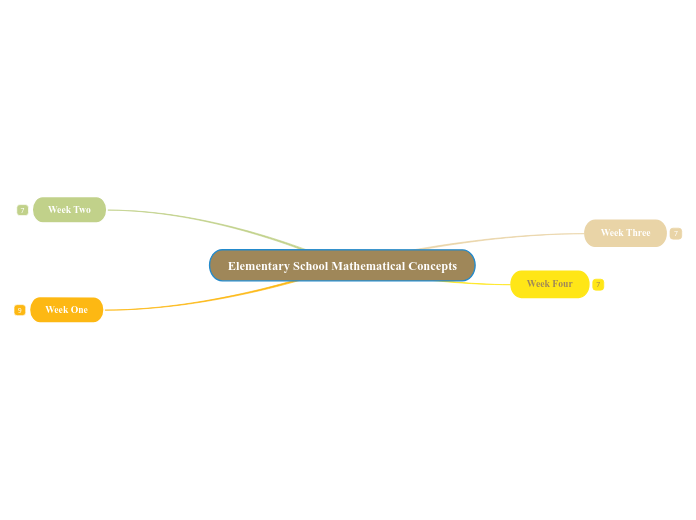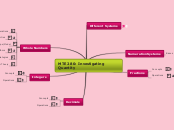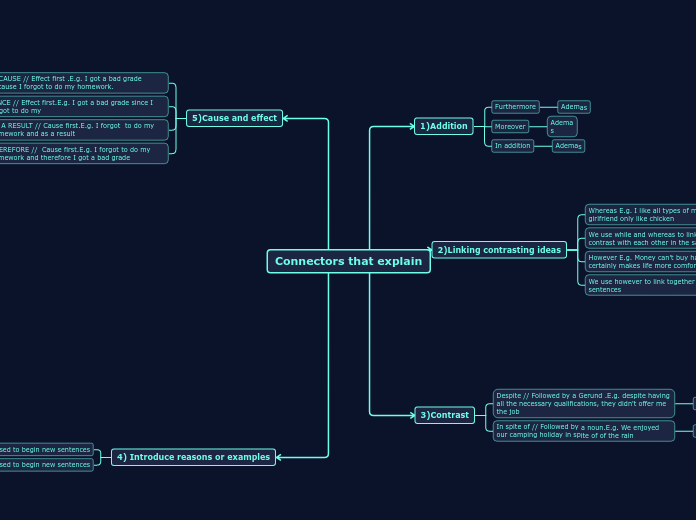av Cameron Smmith 3 år siden
302
Elementary School Mathematical Concepts
Understanding how to convert and manipulate numbers across different bases is essential in elementary mathematics. The concept of bases allows numbers to be represented in various ways, not just the familiar base ten.









